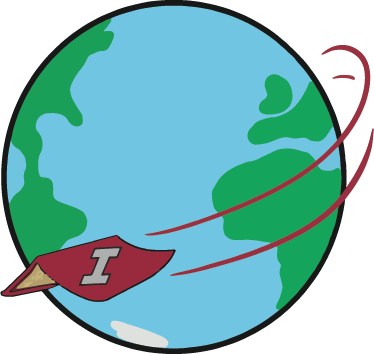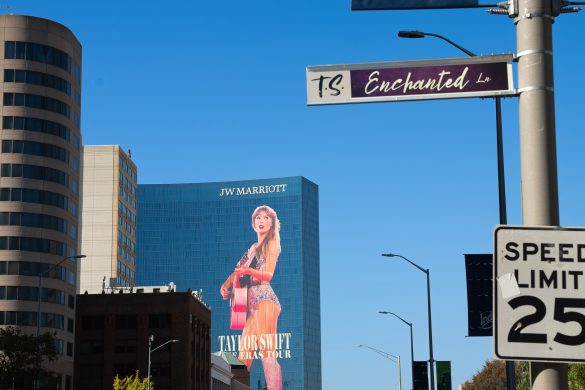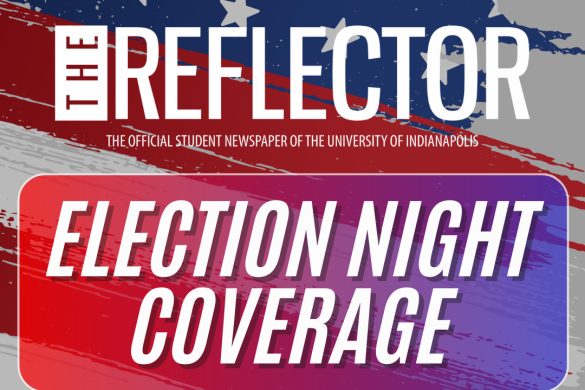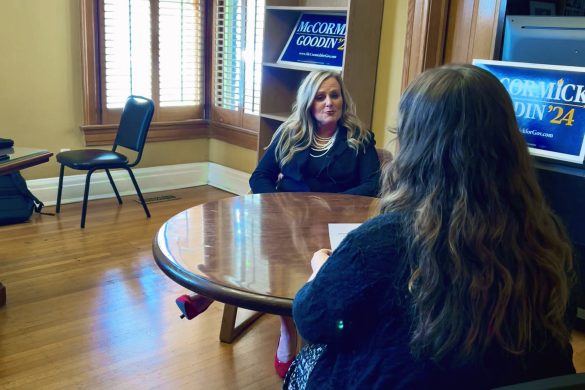Indiana University Bloomington, DePauw University and Ball State University: all three of these universities have something in common. Aside from all being colleges in Indiana, they all have Greek Life systems, unlike the University of Indianapolis.
Vice President for University Mission and associate professor of philosophy and religion Michael Cartwright said that Greek life has not been a physical part of UIndy’s campus. He said that at UIndy’s campus, there has not been strong enthusiasm or opposition to having fraternities and sororities in the past.
“I think it’s one of those features or traditions of the university that exist by default,” Cartwright said. “And, it’s possible it may not always exist that way, but somebody would have to make the case and would have to gain majority opinion, and people would have to become convinced that this would be a good thing to have….”
While UIndy has not had fraternities and sororities in the traditional sense, a few societies have existed in UIndy’s history. Some of these societies relate to a specific interest, such as Alpha Psi Omega, which is a part of the National Theatre Honor Society. According to Cartwright, the society formed in the 1930s, and, according to UIndy’s website, students can be elected to join this society. UIndy has a chapter of the Alpha Psi Omega, titled Gamma Theta.
“[It] was pretty robust in its membership, and they actually sponsored plays and were another form of the drama program of the university,” Cartwright said. “So, in 1947, for example, the Alpha Psi Omega production that year was ‘Deep are the Roots’ and it was an anti-racism play that was interracial. There were Black and white students alike in the cast. And so for its time, that would’ve been pretty remarkable.”
Literary societies were also once offered on UIndy’s campus, such as twin literary societies Theacaliosia and Zetagathea. According to the university’s yearbook, “The Oracle,” from 1950, these two societies served the purpose of both developing the personalities of their members, as well as perfecting their oral and writing skills. Two other literary societies, Philalethea and Philoniusea, helped members gain experience in literary productions and speaking in front of an audience, according to the 1950 yearbook. Other societies relating to a specific subject included Sigma Alpha Mu, which was centered around music, and Sigma Zeta, which was centered around sciences, according to yearbooks from 1942 and 1945, respectively.
Phi Alpha Epsilon, or the Freshman Honor Society, accepts freshmen who, according to a 1950 yearbook, contribute to the welfare of the campus and demonstrate their scholarship. According to the yearbook, in order to be accepted into the society, the entire faculty would take a vote on their membership.
While not traditional fraternities and sororities, both separate men’s and women’s dorms were offered on UIndy’s campus. According to a yearbook from 1965, three halls housed male students of different grade levels, while two halls housed female students.
A yearbook from 1980 also included more traditional fraternities and sororities. According to this yearbook, fraternities and sororities provided students with a “home away from home” and the formation of friendships. This yearbook also included co-ed dorms such as North Hall and East Hall.
As to why UIndy currently does not have Greek life currently, Cartwright said UIndy’s mission of inclusion may play into the reasoning. He said that fraternities and sororities maintain a boundary of who is included in society and who is not, and this mentality goes against the university’s culture.
“…I think that one of the questions is exclusivity. People who want to be part of fraternities and sororities want to be chosen and want to be set apart. They don’t want everybody to be part of that group,” Cartwright said. “At the University of Indianapolis, there’s been more of a tradition of egalitarianism, more of a sense that we are all part of one community, and then these different smaller groups help to contribute to the one community.”






